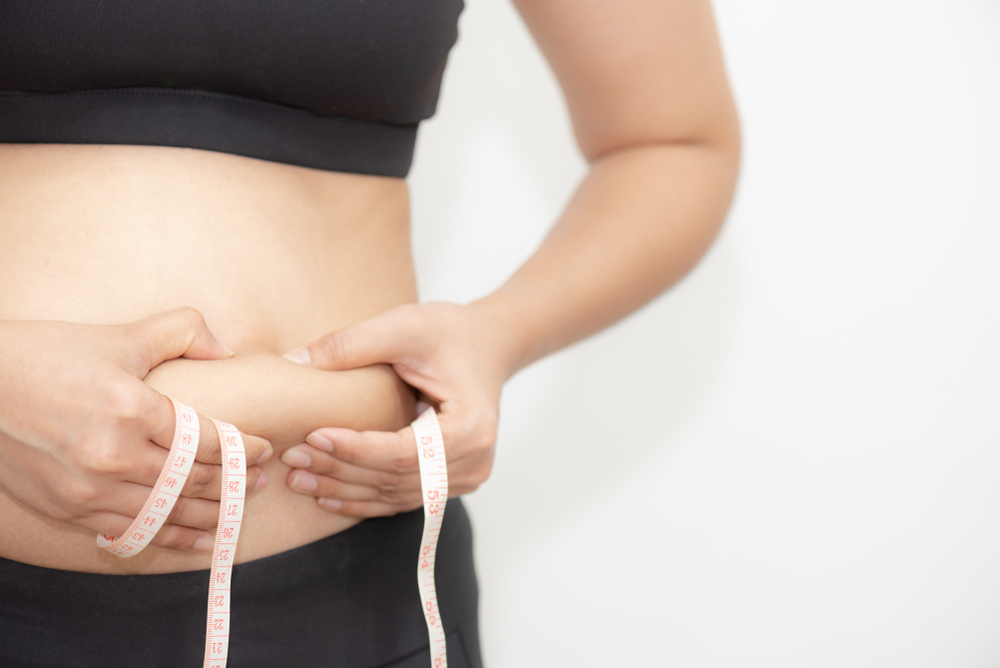For decades, beauty standards have been dictated by
Hollywood, fashion magazines, and celebrity culture. From the hourglass figures
of the 1950s to the ultra-thin supermodels of the ’90s, women have been
expected to fit into a narrow ideal. But something has shifted in recent
years—beauty is no longer a rigid mold. Instead, a new standard is emerging,
one that embraces diversity, body positivity, and the reality of changing body
sizes.
And according to new research, the definition of the
"average" American woman may be very different from what we once
believed.
Social Media and the Changing
Beauty Standard
Historically, beauty trends have been shaped by a
select few—the designers, magazine editors, and movie executives who decided
what was considered attractive. But social media has disrupted that cycle.
Platforms like Instagram, TikTok, and YouTube have amplified the voices of real
women, showcasing beauty in all sizes, shapes, and backgrounds.
Instead of
idolizing a single body type, today’s beauty landscape is more inclusive than
ever. Plus-size influencers have amassed millions of followers, brands are
expanding their size ranges, and curvy celebrities like Lizzo and Ashley Graham
are gracing the covers of major magazines.
This shift
toward inclusivity isn’t just a passing trend—it reflects the reality of what
most American women actually look like. And the numbers prove it.
The ‘New Average’ Woman: Larger
Than Ever Before
For years, the average American woman
was believed to wear a size 14. But a
groundbreaking study published in the International Journal of Fashion
Design, Technology and Education challenges that outdated
assumption.
According to
the research, the typical American woman now wears between a size 16 and 18,
with some estimates suggesting a plus-size 20W as
the new average. This marks a significant shift
in body size over the last two decades.
The study also
found that:
- The average waist size has increased from 34.9 inches to
37.5 inches in the past 20 years.
- The average weight of an American woman is
now 170.6 pounds, up from 140 pounds in the 1960s.
These findings
not only challenge the fashion industry’s long-standing focus on smaller sizes
but also highlight a broader societal transformation—one where larger bodies
are more common,
visible, and accepted.
Why Are American Women Getting
Bigger?
While fashion trends and beauty standards have
changed, one
undeniable fact remains—the average woman is now larger
than in previous generations. But why?
Experts cite
several factors contributing to this trend:
1.
Lifestyle Changes
Modern life is vastly different from past decades.
Jobs have become more sedentary, screen
time has skyrocketed, and fast food is more convenient than ever. Combined with
higher-calorie
diets and less physical activity,
weight gain has become more common.
2.
Changing Cultural Attitudes
Decades ago, being thin was often equated with beauty
and success, leading to obsessive dieting and extreme
weight loss trends. But today, body positivity movements have
encouraged self-acceptance
and less pressure to conform to unrealistic standards. Many
women now prioritize mental health and well-being over
restrictive diets.
3.
Genetics and Environment
While genetics play a role in body size,
environmental factors like stress, food accessibility, and
healthcare disparities also impact weight. Some communities
have less access to fresh, healthy foods, leading to higher rates
of obesity and chronic health conditions.
The Health Debate: Is Bigger
Always Better?
While the body positivity movement has done wonders
for self-esteem
and inclusivity, some experts warn that ignoring
the health risks associated with obesity could be dangerous.
The Mayo
Clinic reports that obesity is not just a cosmetic concern—it’s
a medical issue that raises the risk of heart disease,
diabetes, high blood pressure, and certain cancers. According
to the World
Health Organization, obesity rates have doubled
since 1990, with more than 2.5 billion
adults worldwide classified as overweight.
So where does
that leave us?
Beauty vs. Health: Striking a
Balance
There’s no denying that social media has helped
redefine beauty standards in a more inclusive and empowering
way. Women no longer have to chase impossible ideals to feel
beautiful. But at the same time, experts stress the importance of health-conscious
living alongside body acceptance.
Instead of
extreme dieting or body shaming, many healthcare professionals advocate for a balanced
approach—one that encourages self-love while promoting healthy
habits, regular movement, and mindful eating.
The Future of Beauty: No
One-Size-Fits-All
The idea of an "ideal body" is quickly
becoming outdated. In its place, a new beauty standard is
emerging—one that celebrates all shapes, sizes, and backgrounds.
Social media
has given women the power to define beauty on their own
terms, and for the first time in history, the world is
listening. Whether plus-size, petite, curvy, or athletic, today’s beauty
landscape is about authenticity and self-acceptance
rather than fitting into a mold.
And that may
be the most beautiful transformation of all.
What are your thoughts on social media’s influence on beauty standards? Let’s continue the conversation—share your perspective and join the discussion!


Post a Comment